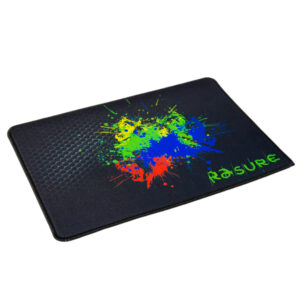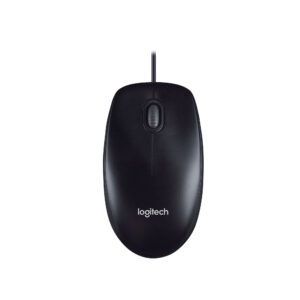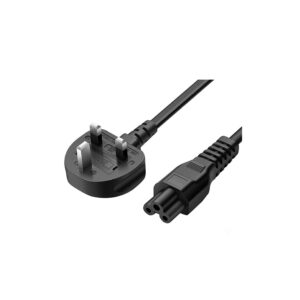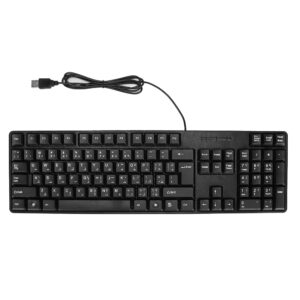Description
If you’re looking for a device that converts HDMI signals to VGA output, what you’re describing is an HDMI to VGA adapter or converter. This device allows you to connect an HDMI-equipped device (such as a laptop, desktop, or gaming console) to a display or projector that only accepts VGA input (like older monitors or projectors). Since HDMI and VGA are fundamentally different signal types (HDMI is digital, and VGA is analog), the adapter or converter must handle this conversion.
Here’s what you need to know about HDMI to VGA adapters:
Key Features of HDMI to VGA Converters:
- Signal Conversion:
- HDMI is a digital video and audio signal.
- VGA is an analog video signal, so the converter needs to convert the HDMI digital signal into an analog VGA signal while ensuring the video output remains intact.
- Plug-and-Play:
- Most HDMI to VGA converters are plug-and-play, meaning no drivers or additional software are needed. Simply connect your HDMI source to the converter and then the VGA cable from the converter to your monitor or projector.
- Power Supply:
- Many HDMI to VGA converters require external power through a micro USB port, as HDMI can provide only limited power, and VGA doesn’t carry any power for the adapter. The micro USB is usually powered through an included USB cable, which you can plug into a USB port on your device or an external power adapter.
- Resolution Support:
- HDMI to VGA adapters typically support various resolutions, such as 1080p, 720p, and lower, depending on the converter’s specifications. It’s essential to check the product specifications to make sure the converter supports the resolution your device and display can handle.
- Audio:
- VGA does not carry audio signals, but many HDMI to VGA converters include a 3.5mm audio output jack, allowing you to extract audio from the HDMI signal and route it to speakers or headphones. This is useful if you want to hear sound from your HDMI device while using a VGA display.
- Compatibility:
- These converters are commonly used with devices such as laptops, desktops, gaming consoles (like PlayStation, Xbox), set-top boxes, and even some streaming devices that only have HDMI outputs.
- Be sure to check the VGA input on your monitor or projector, as it should be compatible with the VGA resolution supported by the converter.
Example Use Cases:
- Connecting a laptop with HDMI output to an older VGA projector for presentations.
- Using a gaming console (like a PlayStation 3 or Xbox 360) with a VGA-compatible TV or monitor.
- Connecting a laptop to a projector in a meeting room that only has a VGA port.
Steps to Use an HDMI to VGA Converter:
- Connect the HDMI cable from your source device (like a laptop, PC, or game console) to the HDMI input port of the converter.
- Plug the VGA cable from the converter into the VGA port of your monitor or projector.
- If the converter requires external power, connect the USB power cable to a USB port (on the device or power adapter).
- Turn on your devices, and the signal should be automatically converted and displayed on the VGA device.
Popular HDMI to VGA Converter Options:
- Ugreen HDMI to VGA Adapter: Known for its durability and reliability, this is a popular option for simple connections with VGA monitors or projectors.
- Benfei HDMI to VGA Converter: Offers high compatibility with both PCs and Macs, and also includes a 3.5mm audio output.
- Cable Matters HDMI to VGA Adapter: A compact, plug-and-play solution for converting HDMI to VGA with a focus on video quality.
Pros of HDMI to VGA Converters:
- Cost-effective solution for connecting modern HDMI devices to older VGA displays.
- Compact and portable, easy to carry in a laptop bag for travel.
- Simple to use, with no drivers or software needed in most cases.






Reviews
There are no reviews yet.